Yesterday I visited a public art exhibition at Woodbine Beach called Winter Stations. The installations used the lifeguard chairs permanently stationed at the beach as the catalyst for this year’s theme – Resilience.
Each structure offers its perspective on Resilience resulting in a nuanced way of understanding this commonly misunderstood term. Resilience is about how we weather the winter storms and return to the sunlight of thriving.
The Hive
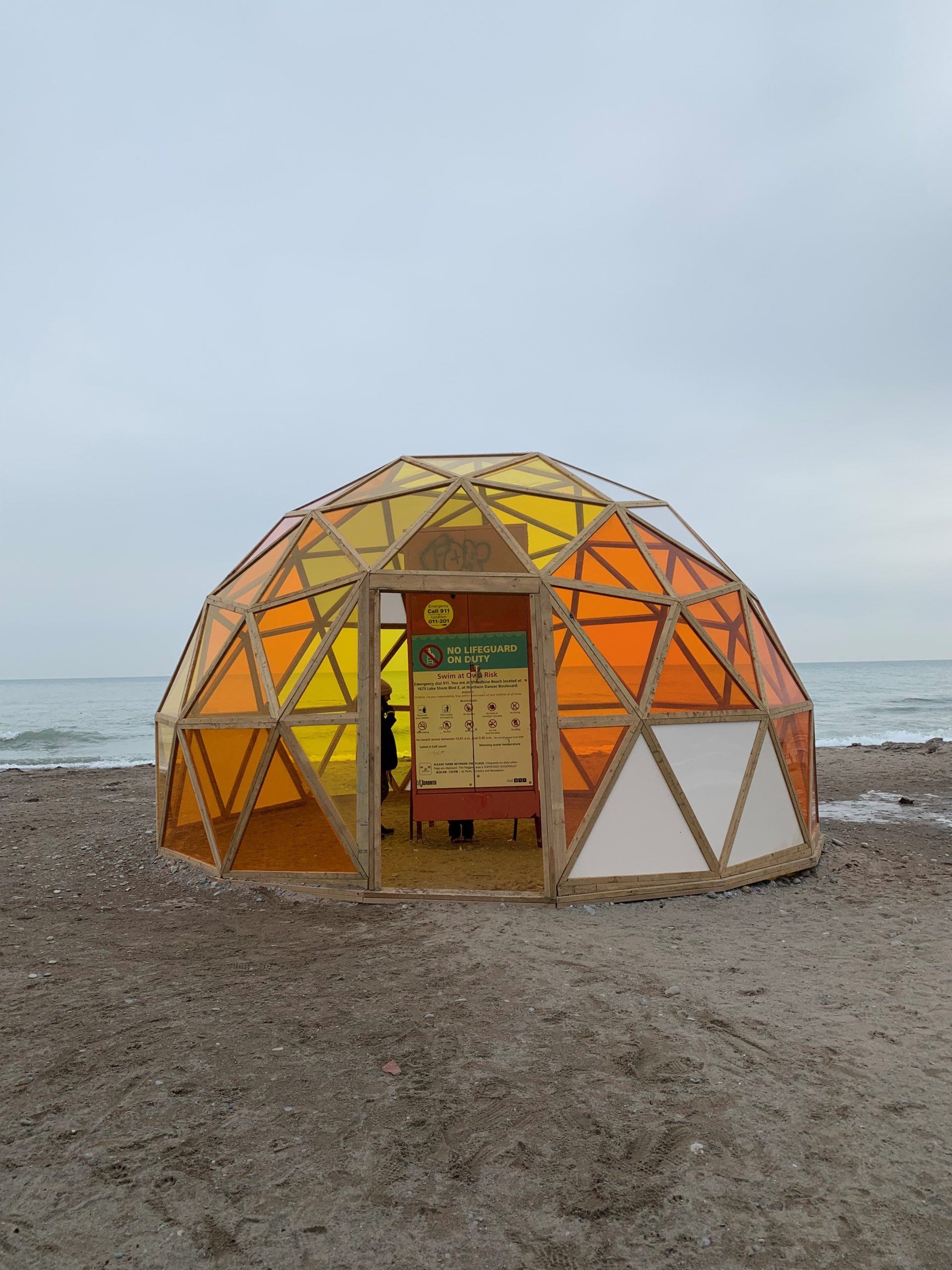
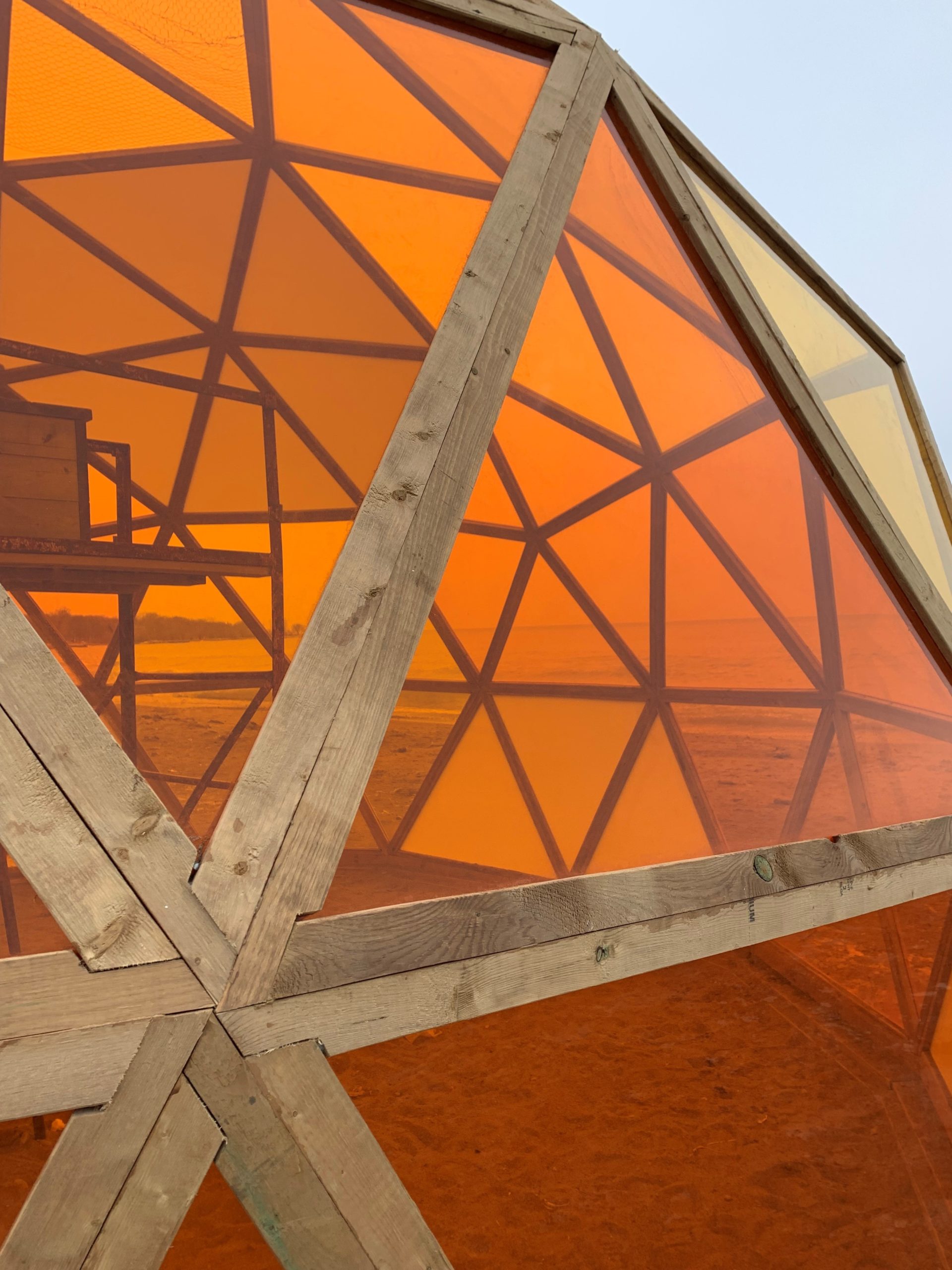
Kathleen Dogantzis and Will Cuthbert (Canada) designed The Hive to replicate honeybees’ homes. Worker bees generate heat in the hive by using stored honey as fuel. The multi-coloured panes reveal how different sources of honey (clover, wildflowers, goldenrod) change its colour. The result? A beautiful blending of colours creating a harmonious whole.
Introspection
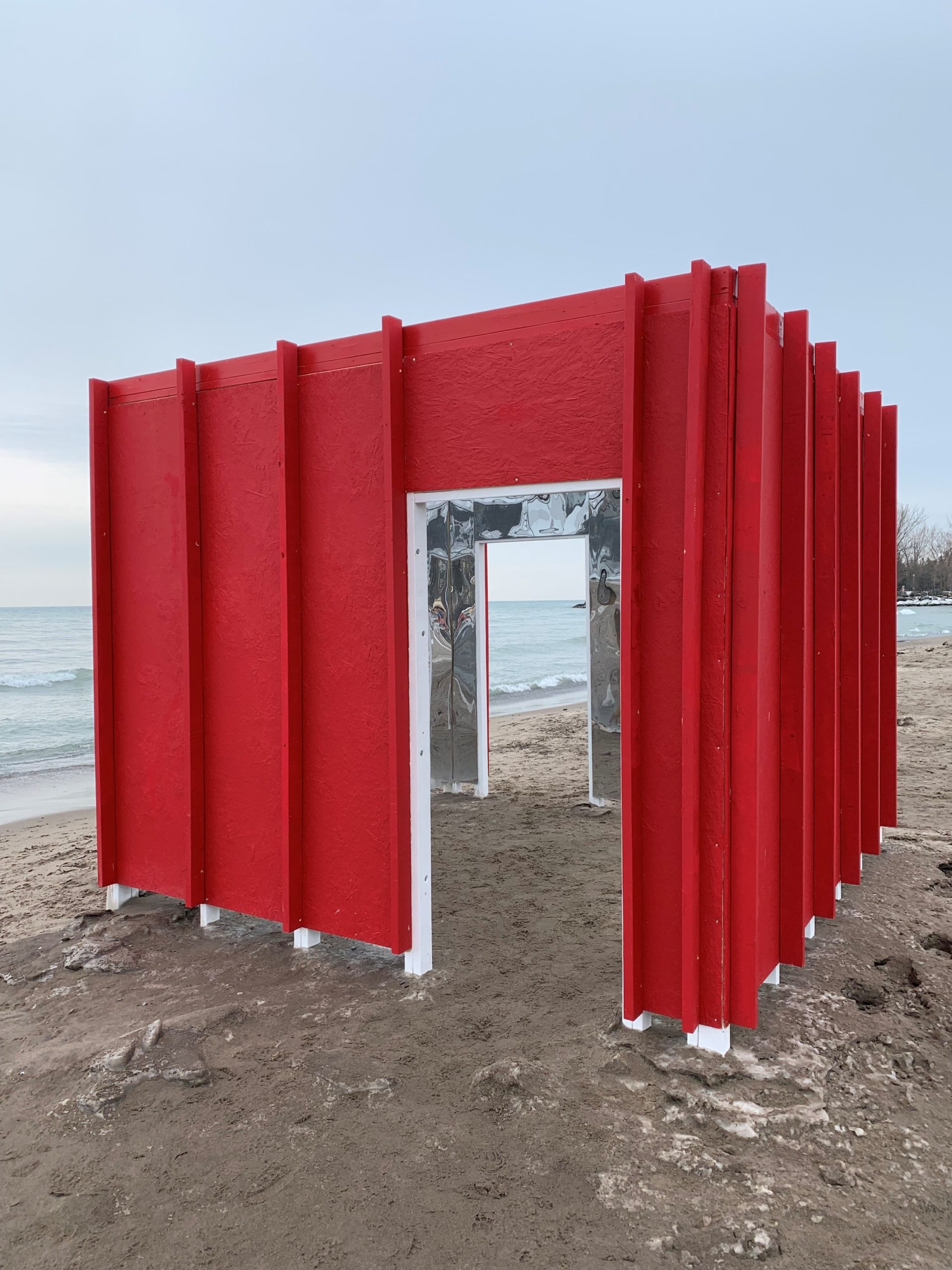
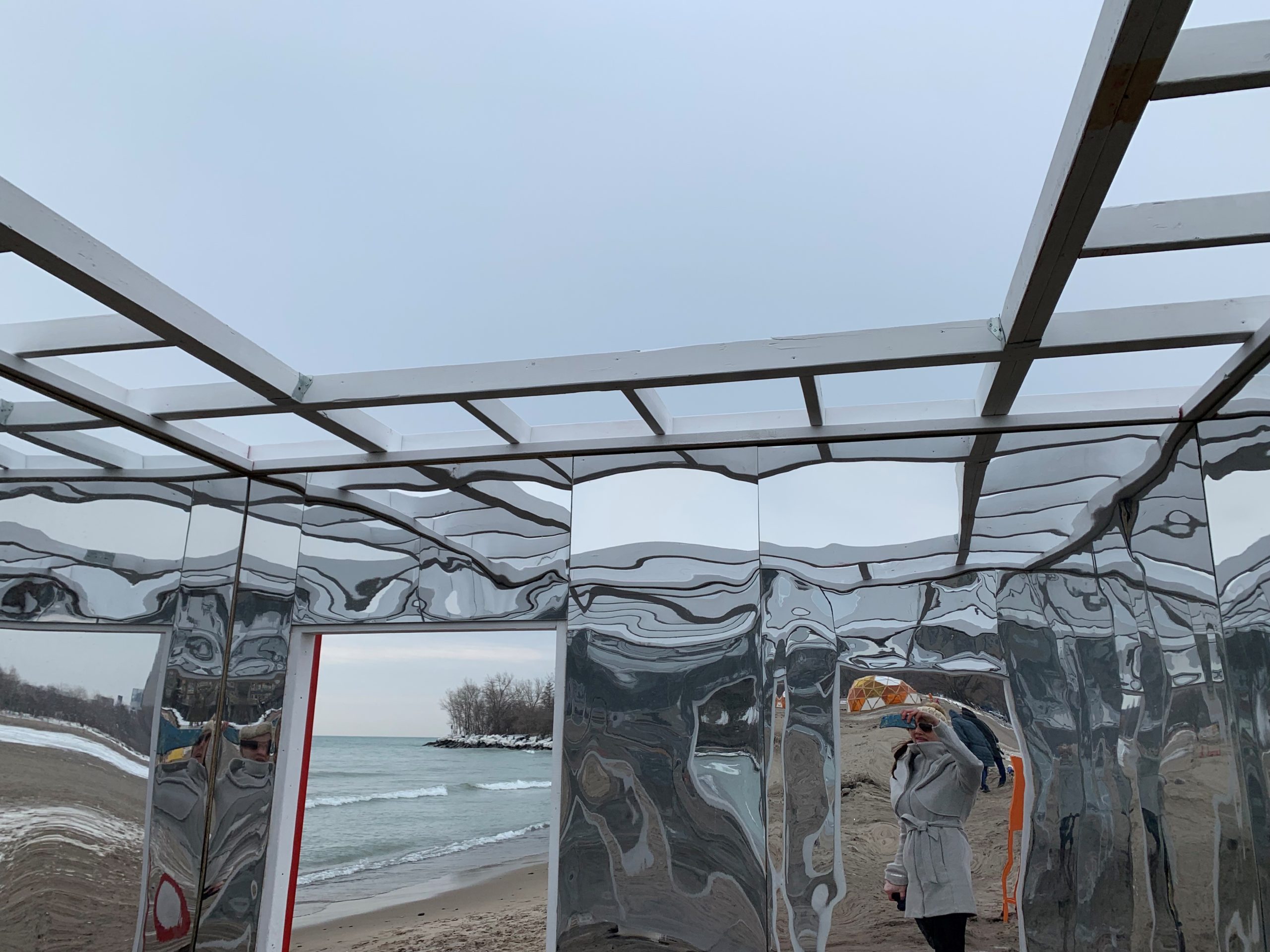
U of T’s Faculty of Architecture created Introspection to showcase how quarantine and isolation from the past two years has encouraged reflection. The funhouse mirrors inside ask us, what is the quality of that reflection? Have we honestly assessed ourselves, or do we have a distorted view coming out of this pandemic? Maybe the funhouse mirrors show us how we’ve expanded both literally and figuratively! And yet, hope exists as indicated by the trellis around the perimeter the open sky. We have supports (ladders) to help us navigate the future (open sky) because of our introspection.
Enter Face
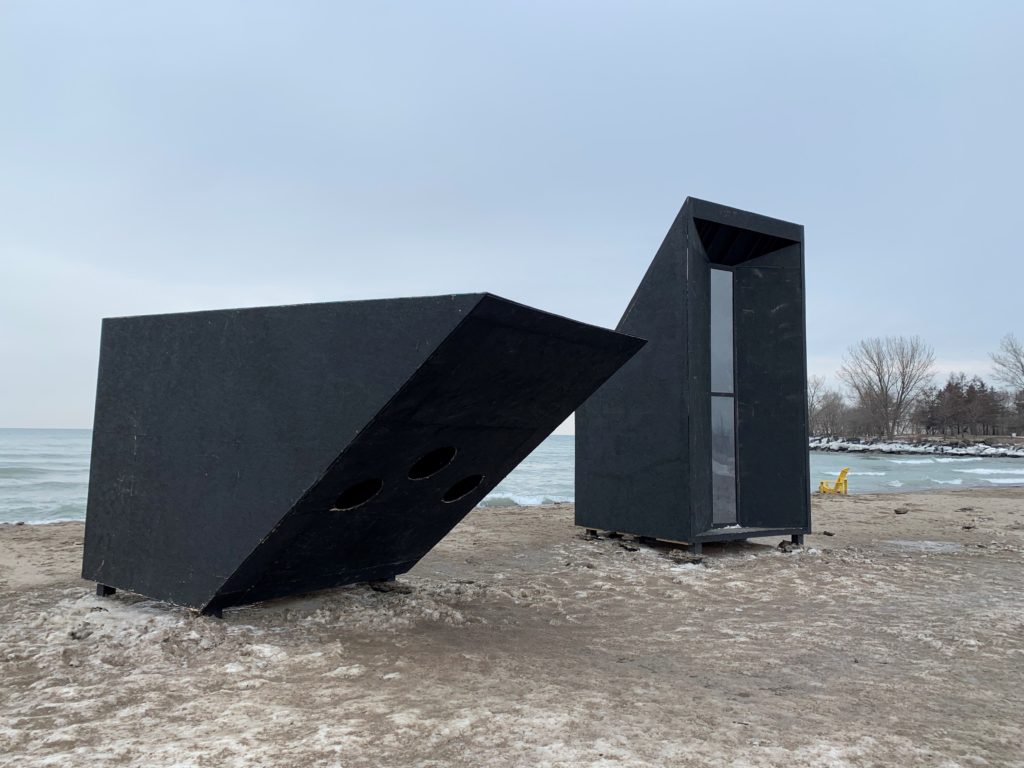
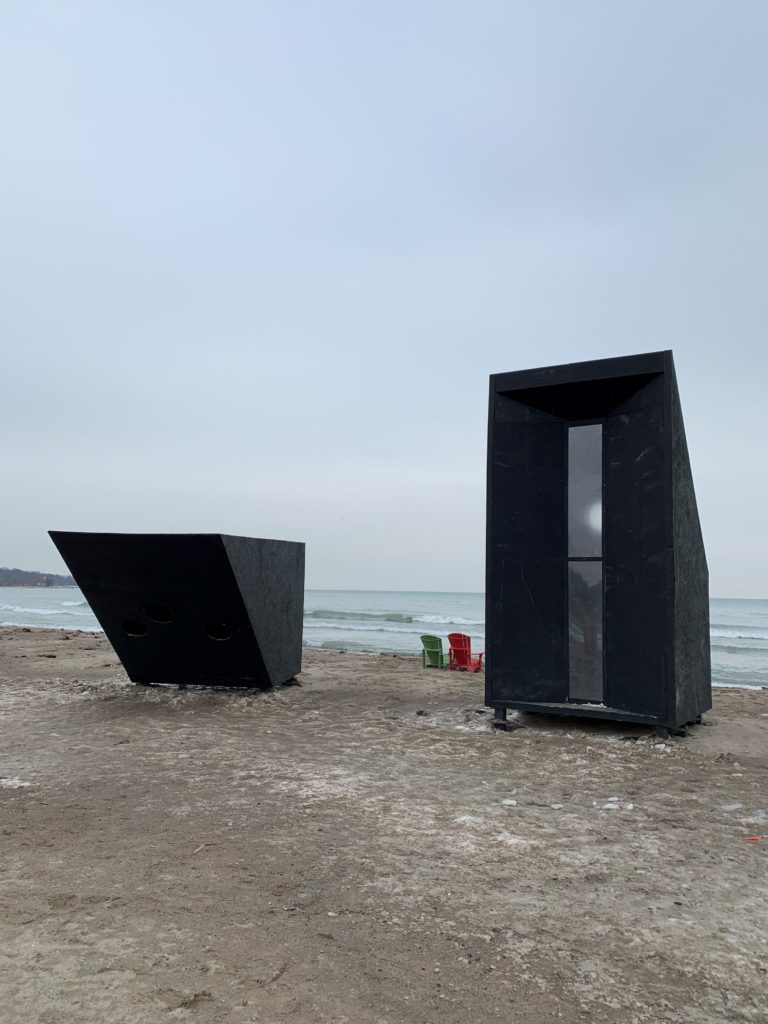
The Turkish design team, MELT, created Enter Face which is an intellectual exploration of how we perceive the world increasingly through the digital screen. They inserted three (3) round cut-outs in the smaller structure that you can stick your head in (I did!) and look out toward the lake through a distorted screen similar to the one you see on the right structure but horizontally-shaped like a film strip. The lifeguard station is enveloped by the larger structure and you can peer down the vertical strip when standing at the top of the lifeguard chair.
S’Winter Station
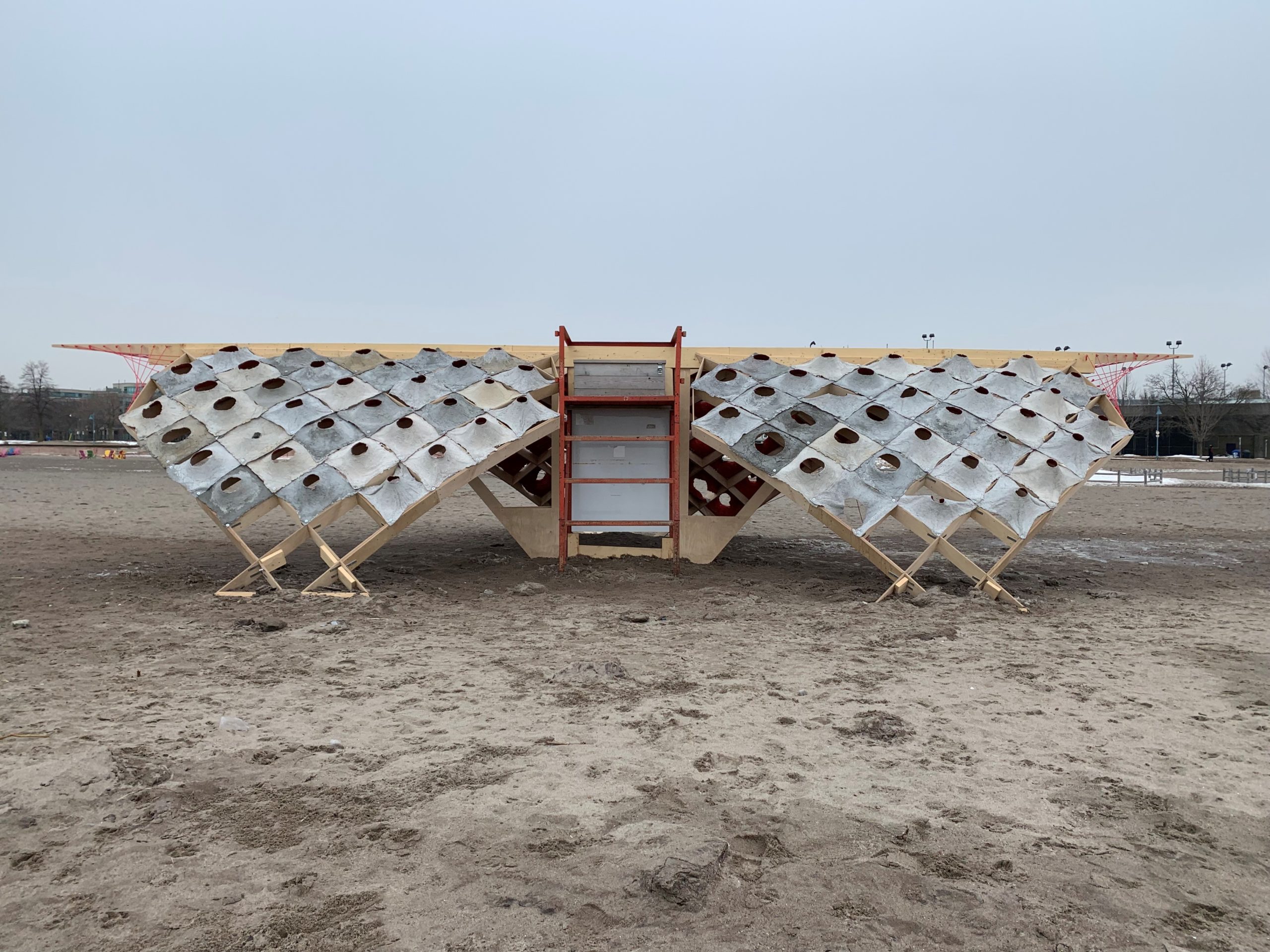
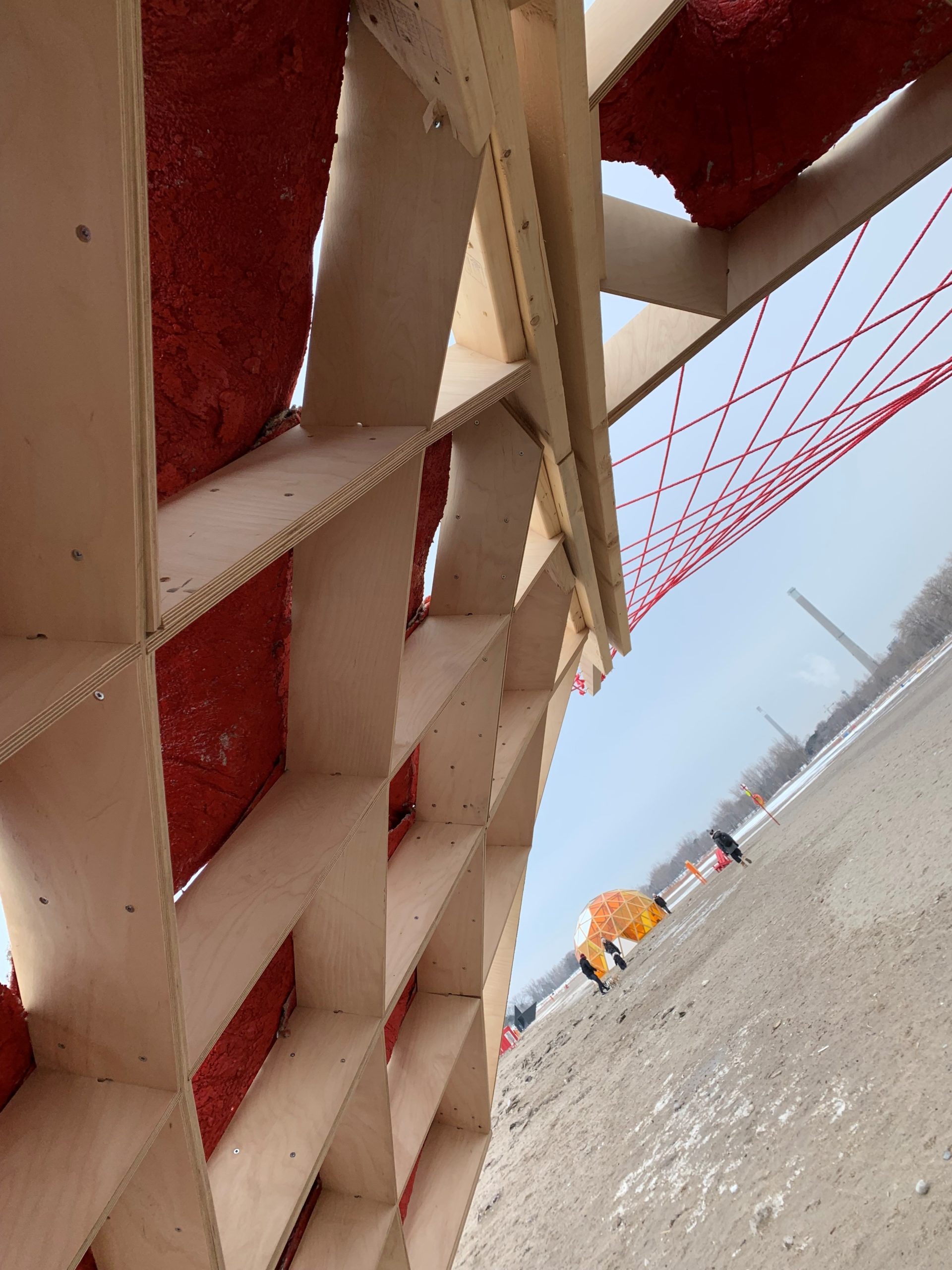
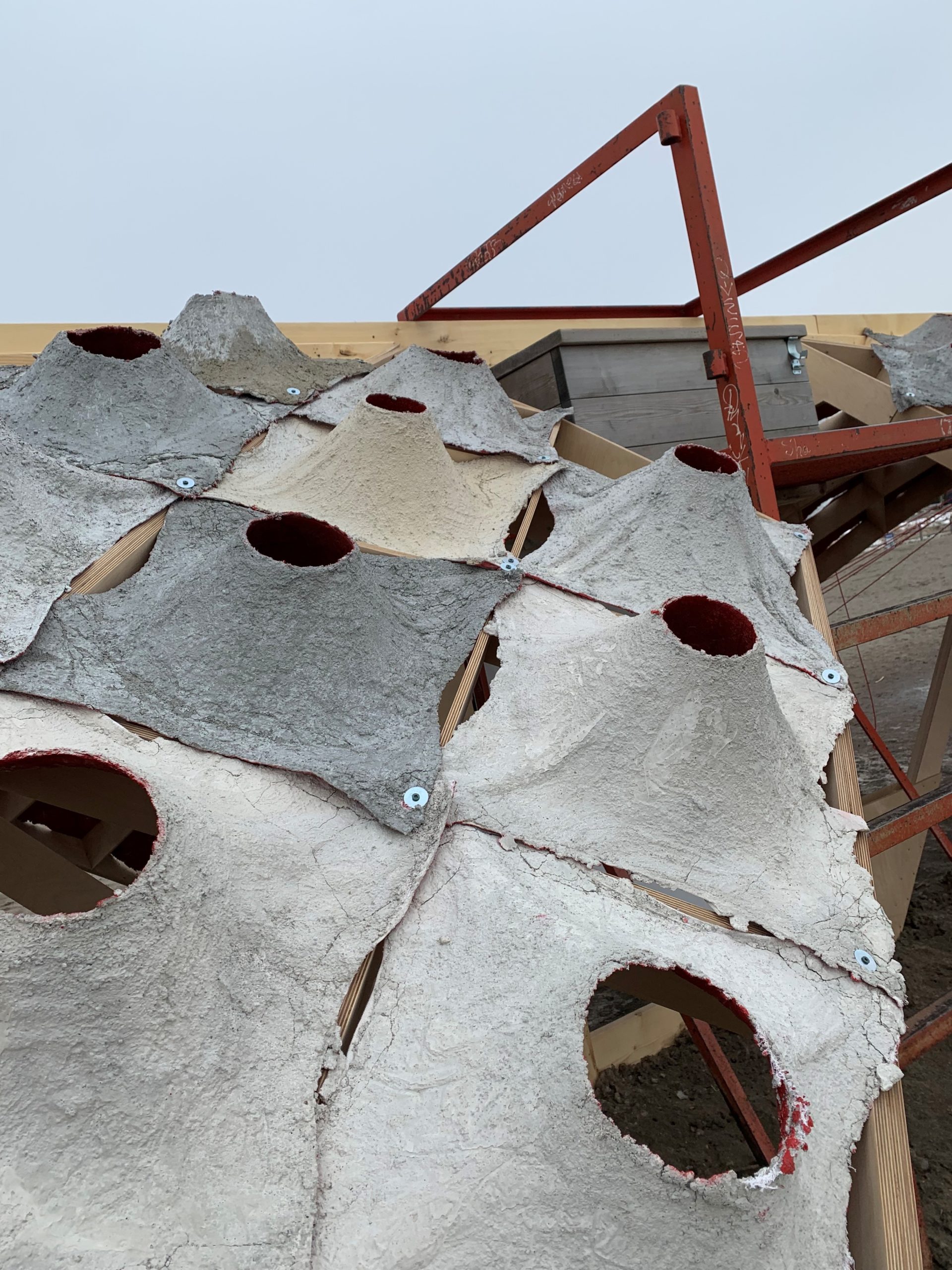
Ryerson’s architectural team took a playful approach to resilience. They designed an elegant structure with criss-crossing wood they shaped into wings. The round holes of varying sizes were cut from beach towels they later moulded into concrete panels. It allows the viewer to look out at the water from different vantage points while also allowing light and snow to penetrate its structure and “breathe.”
One Canada
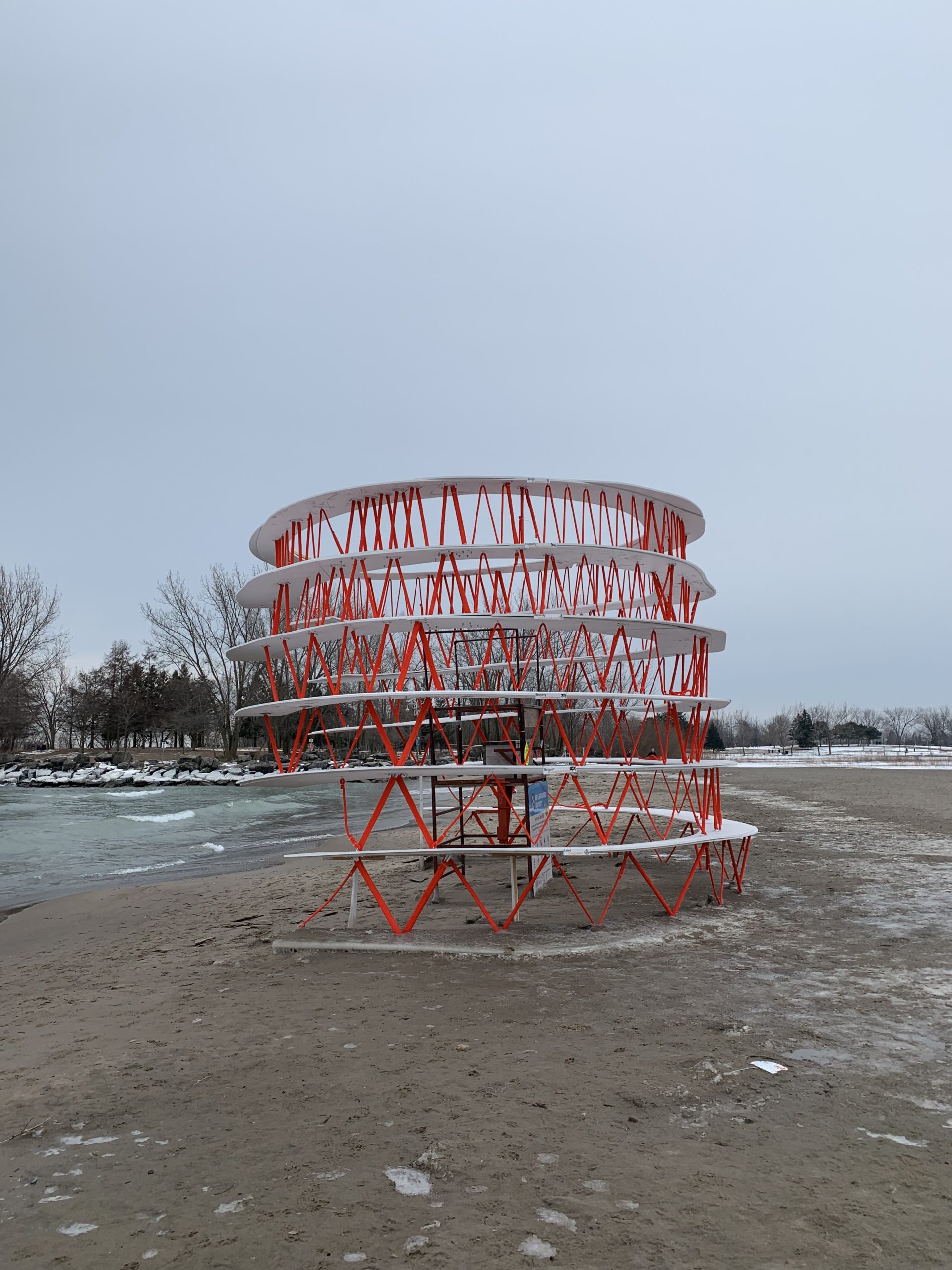

At the University of Guelph, they created a seven-tiered semi-circular structure showing the integration of the seven (7) grandfather teachings of the Anishinaabe: Wisdom, Love, Respect, Bravery, Honesty, Humility, and Truth. The orange ropes represent support for the National Day of Truth and Reconciliation.
Resilience
What do these structures teach us about ways to approach resilience?
- The Hive does it communally. By working together, we become more resilient. We protect our community.
- Introspection looks within. Resilience starts by examining ourselves, who we are and how we have changed through this pandemic.
- Enter Face focuses on the mind, but this mind has blinders on, like a horse who can’t see peripherally. We only see straight ahead in this perspective. Resilience is straightforward.
- S’Winter Station teaches the lighthearted side of resilience. This type of resilience bends and weaves in response to various forces from within and without.
- One Canada shows us that resilience is multi-layered, that it is held together through flexible ties.
These perspectives on resilience demonstrate how resilience gives us the strength we need to face hardship. After two years of the pandemic, we have all become more resilient in one or more of the ways expressed in these installations.

